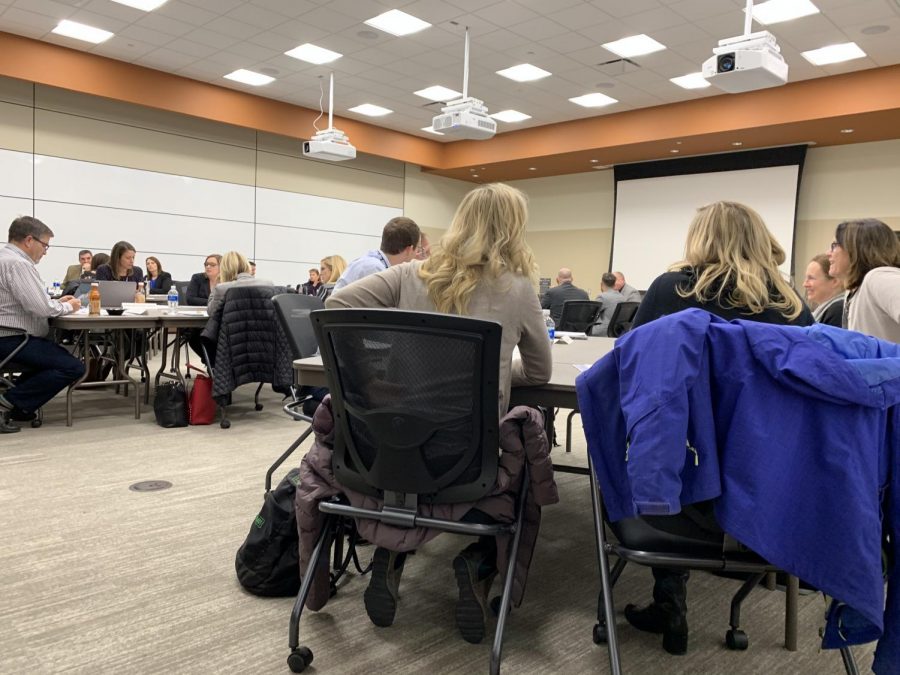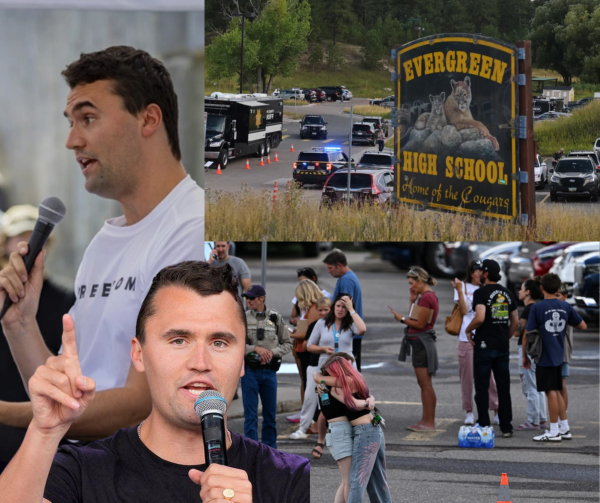Back to the Drawing Board
How many kids do you know that have attended a school board meeting? I’m guessing the number in your head is pretty low, right? Board meetings are completely open to the public and the minutes are posted online, yet if you were to ask a student what decisions were made by the school board in the past year, they would likely be unable to discuss in length about any of them. So how can we make information about what the school board decides more accessible to not just the public in general, but to the students that are actually affected by those decisions?
People might say “Why do we have to cater to students who are too lazy to attend the meetings?” Well, just like the rest of the world, students are busy. We have extra curricular activities, we do athletics, we have after school jobs, and some of us even have all three to balance at once. And on top of all that we all have homework to do every night. So, some of us just can’t attend every meeting, just like many adults. But, if a student wants to be involved and informed about what is going on in their district, they should be able to have easy access to that information.
So what information is already available online? Elkhorn Public School’s website has an already substantial amount of information. Listed there are the board member’s names and positions, agendas, and minutes of the meetings. Minutes are basically just a recounting of what happened in a board meeting; who is all present, the topics discussed, and who voted for what. However, there is no in-depth record of the issues they discussed or the discussion itself. And from a student’s perspective, there just isn’t enough online to fully understand the situation.
Now, the question is how do we go about making that information more available. To find out, I attended the November Board/Administrator workshop to see how things are normally run. I will acknowledge that this isn’t a regular board meeting, but rather an administrator retreat, so my experience in this particular meeting might not translate to all regular board ones. During the meeting, there were informative powerpoints and packets that gave a great summary of the topics that the board discussed. One idea to make information more accessible to students is to attach these powerpoints and packet pdfs to the meeting minutes. Then, instead of just knowing the overall topic being discussed, students could read in depth about the issues that are being considered in their district. These documents are “officially” public and can be provided upon request, but the average person might not know that they exist, and therefore wouldn’t know to ask for them. Making these sources easily accessible then allows for the general public to become more knowledgeable about the issues surrounding them and their district.
Looking at what other school districts do can also provide great ideas on ways to improve. Millard Public Schools implemented a system where they record the audio of their board meetings and label when they discuss certain topics so that people can go back and listen to the discussions that go on. This provides adequate context and details for people to fully understand everything that is talked about.
Another thing that I noticed when sitting in on the board/admin meeting was that it was not unlike a brainstorm session. Issues were presented and then there were large amounts of discussion about how to approach these issues. But as I was listening to these topics, I realized how many ideas I, as a student who was experiencing said issues daily, had, and that made me think how many solutions my fellow peers would think up as well.
Decisions made by the board affect all of us. By no means do we, as students, have to stay up to date with their happenings, but if we want to know more about what’s going on in our district, we are entitled to that information.

Hello! My name is Emma LeDent, and I am a Senior. I am a columnist and the Web Editor, and this is my third year on the Storm Alert staff!











